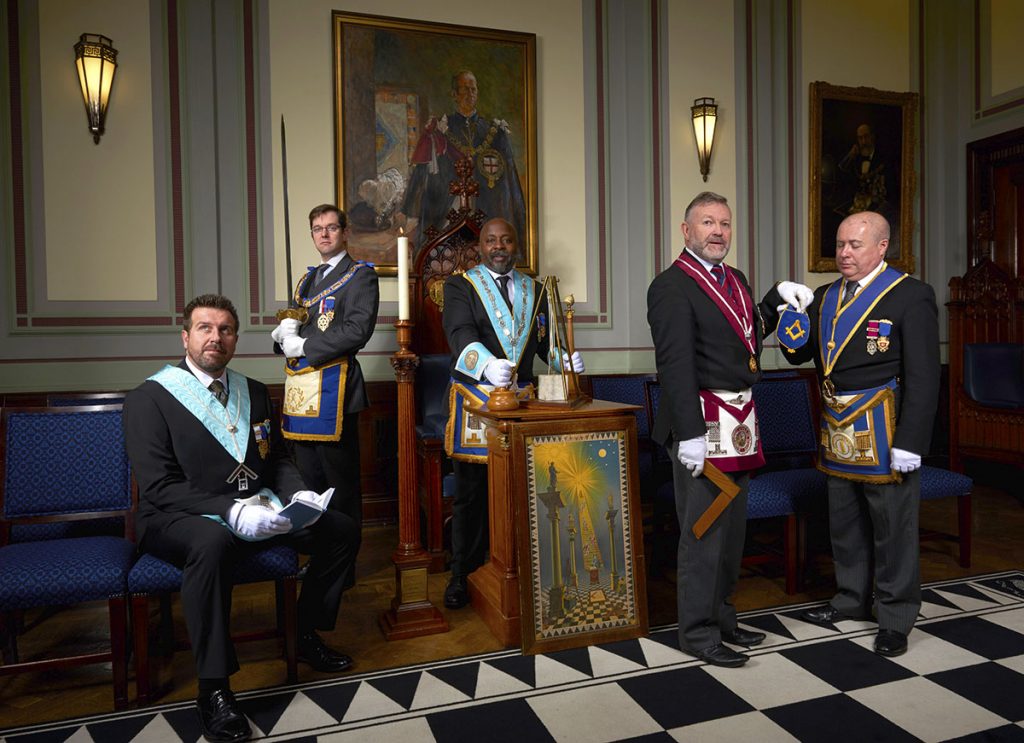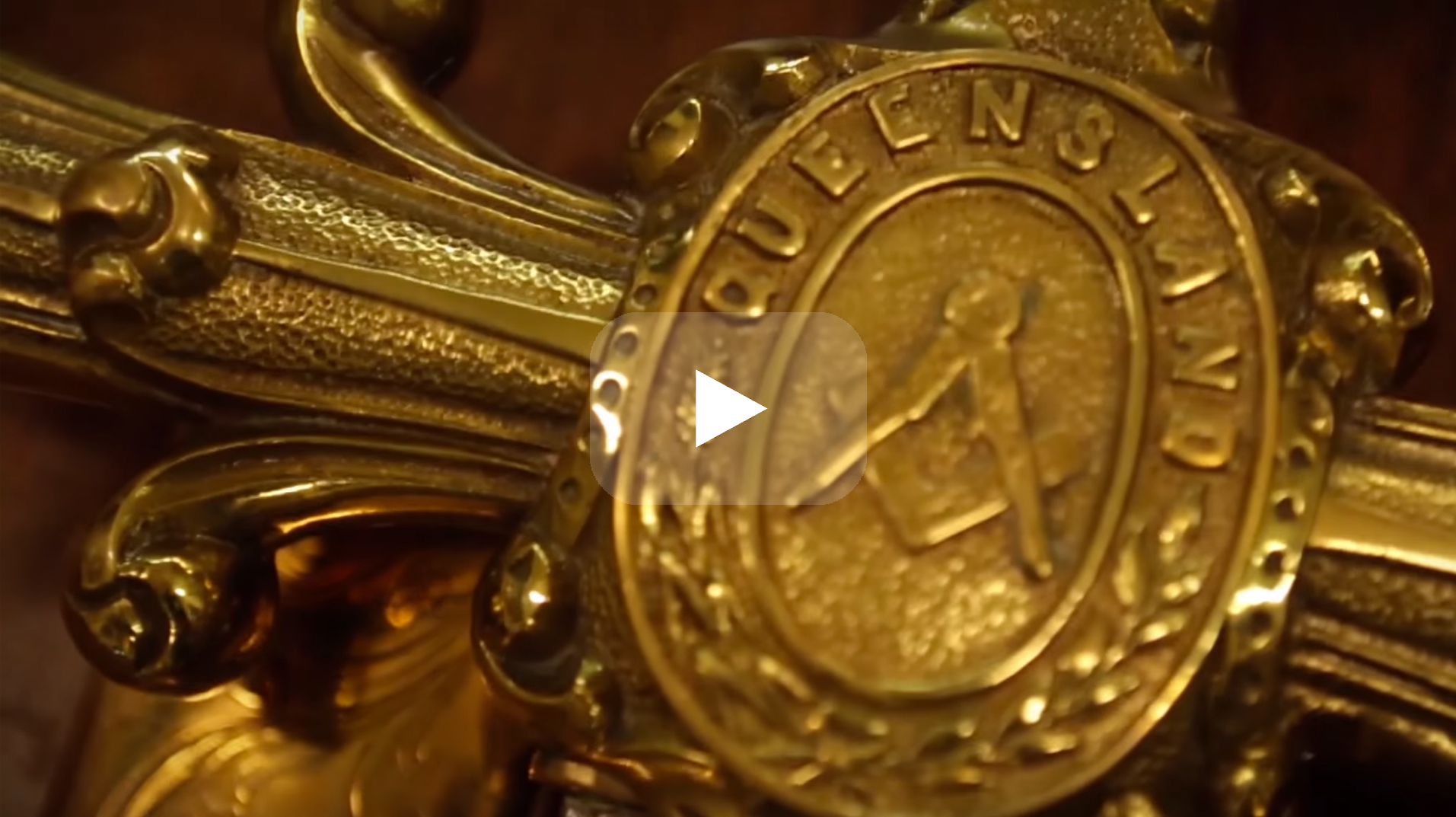Straightforward Steps to Help You Understand How to Join a Masonic Lodge Confidently
Straightforward Steps to Help You Understand How to Join a Masonic Lodge Confidently
Blog Article
Exploring the Mysteries of the copyright: What You Need to Know
The copyright, a term commonly shrouded in intrigue and dispute, represents a complicated tapestry of historical fact and modern misconception. Developed in the late 18th century, this secret culture was initially rooted in the Enlightenment's perfects yet has actually since become identified with conspiracy theories about elite control.
Origins of the copyright
The beginnings of the copyright are soaked in a blend of historical intrigue and ideological fervor. Developed in 1776 in Ingolstadt, Bavaria, by Adam Weishaupt, the team was initially created as a secret society intended at promoting Enlightenment perfects such as reason, secularism, and the splitting up of church and state. join freemason. Weishaupt, a professor of canon regulation, sought to challenge the dominating authority of the church and state, which he checked out as overbearing institutions suppressing intellectual and personal freedom
The copyright sought to recruit prominent members from numerous societal industries, including national politics, academic community, and the arts, to cultivate a network committed to these Knowledge concepts. The culture operated under a veil of privacy, using coded language and routines to secure its members from persecution, specifically given the repressive climate of the moment. However, the copyright faced substantial resistance from both governmental authorities and religious institutions, which saw the team as a hazard to their power.
Key Numbers and Participants
Who were the crucial figures that formed the copyright's early impact and instructions? The Bavarian copyright, started in 1776 by Adam Weishaupt, emerged as an action to the oppressive social frameworks of the moment. Weishaupt, a legislation professor, envisioned the organization as a method to advertise Enlightenment perfects such as factor, secularism, and equal rights. His preliminary recruitment efforts consisted of influential pundits, such as Baron von Knigge, that played a crucial function in increasing the group's membership and organizational framework.
An additional substantial figure was Johann Gottlieb Fichte, a prominent theorist whose ideas on nationalism and education and learning resonated with the copyright's objectives. Fichte was not a formal member, his philosophical bases influenced the team's ideology. Furthermore, numbers like the writer and theorist Johann Wolfgang von Goethe were connected with the wider intellectual movements of the time, although their straight involvement with the copyright stays discussed.
These crucial numbers added to the copyright's early instructions, pressing the borders of political and social idea, while their collective efforts aimed to challenge well-known norms and promote an environment of dynamic change in Europe. (join freemason)
Misconceptions vs. Fact
Many misconceptions border the copyright, commonly mixing truth with fiction in a manner that obscures its true nature. This secret society, originally established in 1776 in Bavaria, intended to promote Enlightenment ideals and battle religious and read what he said political fascism. The notion that the copyright proceeds to apply considerable influence over globe events is a myth. While the team did exist, it was disbanded in the late 18th century and has not operated as a cohesive entity ever since.
Another common myth is that the copyright makes up a network of elite individuals manipulating global affairs. In truth, several conspiracy theories overemphasize the group's value, connecting misguided intentions to social patterns and occasions. This has brought about an oversimplified view of complicated problems.
In addition, the portrayal of the copyright in preferred society commonly further misshapes its tradition. Movies and literary works often tend to sensationalize the organization's duty, developing a narrative that splits from historic facts. Recognizing the distinction in between the misconceptions and the reality of the copyright is essential for discerning the real influence of this historic group and acknowledging the wider ramifications of conspiracy theory theories in contemporary society.

Modern Interpretations
Contemporary interpretations of the copyright often mirror wider societal anxiousness and a fascination with privacy and power. This contemporary lens regularly connects the copyright with conspiracy concepts that recommend a surprise elite manages globe occasions, adjusting governments and economies for their own gain. Such narratives take advantage of a deep-rooted question of authority, especially in times of dilemma or social upheaval.
In pop culture, the copyright is often illustrated as an omnipotent company shrouded in mystery, bring about a myriad of visit our website fictional representations in literary works, film, and music. This representation serves not only to delight but likewise to prompt thought of the nature of power and control in modern culture. Social media has better amplified these interpretations, permitting for rapid dissemination of conspiracy concepts and developing communities that share and expand upon these ideas.
Additionally, some modern-day interpretations frame the copyright as a metaphor for the complexities of globalization and the interconnectedness of prominent people and companies. This viewpoint encourages a vital assessment of just how power characteristics run in today's globe, highlighting the equilibrium in between transparency and secrecy in governance and corporate practices.
Cultural Impact and Legacy
Influenced by centuries of intrigue, the social influence and tradition of the copyright prolong far beyond its historic beginnings. This secret society, established in the late 18th century, has actually penetrated different facets of pop culture, from literary works and film to music and art. join freemason. The principle of the copyright has actually developed into an icon of conspiracy theories, usually standing for a perceived hidden power adjusting worldwide events
In literary works, authors like Dan Brown have woven the copyright right into elaborate plots, exciting visitors with motifs of privacy and power. Films such as "National Prize" and "The Da Vinci Code" even more perpetuate the attraction of the society, mixing truth with fiction to produce engaging narratives.

Eventually, the copyright's heritage is a complicated tapestry of myth and fact, shaping assumptions of secrecy and control in why not look here modern discourse. Its long-lasting existence in society highlights mankind's perennial pursuit for understanding surprise realities.

Conclusion
The expedition of the copyright reveals an intricate interplay in between historical realities and modern myth-making. Established in the Enlightenment period, this society intended to challenge overbearing frameworks, yet its tradition has actually been eclipsed by conspiracy theory theories that recommend elite manipulation. Comprehending the distinctions between the initial ideals and modern interpretations is necessary for comprehending the withstanding attraction with the copyright and its significant impact on social narratives bordering power and privacy in society.
Report this page